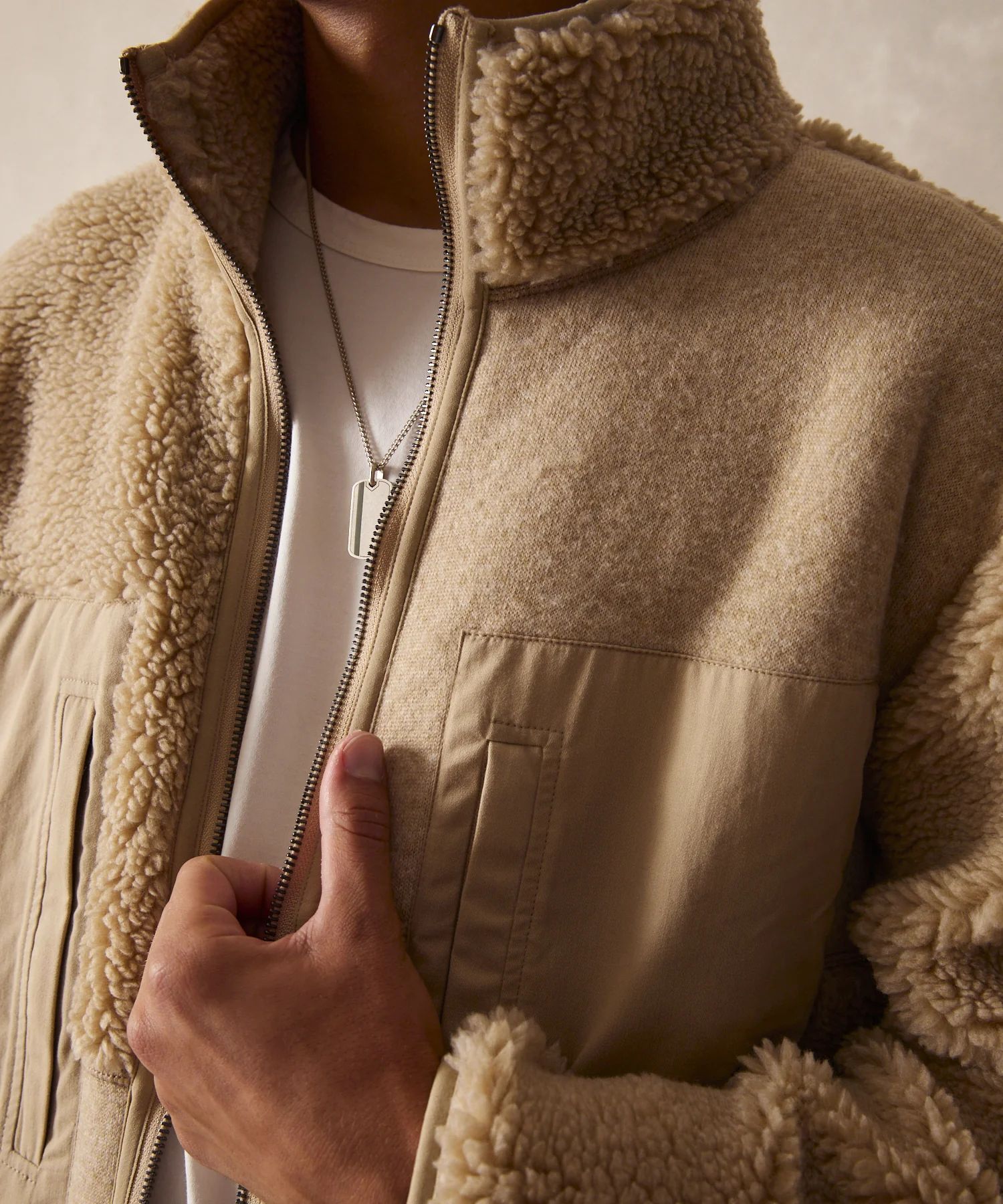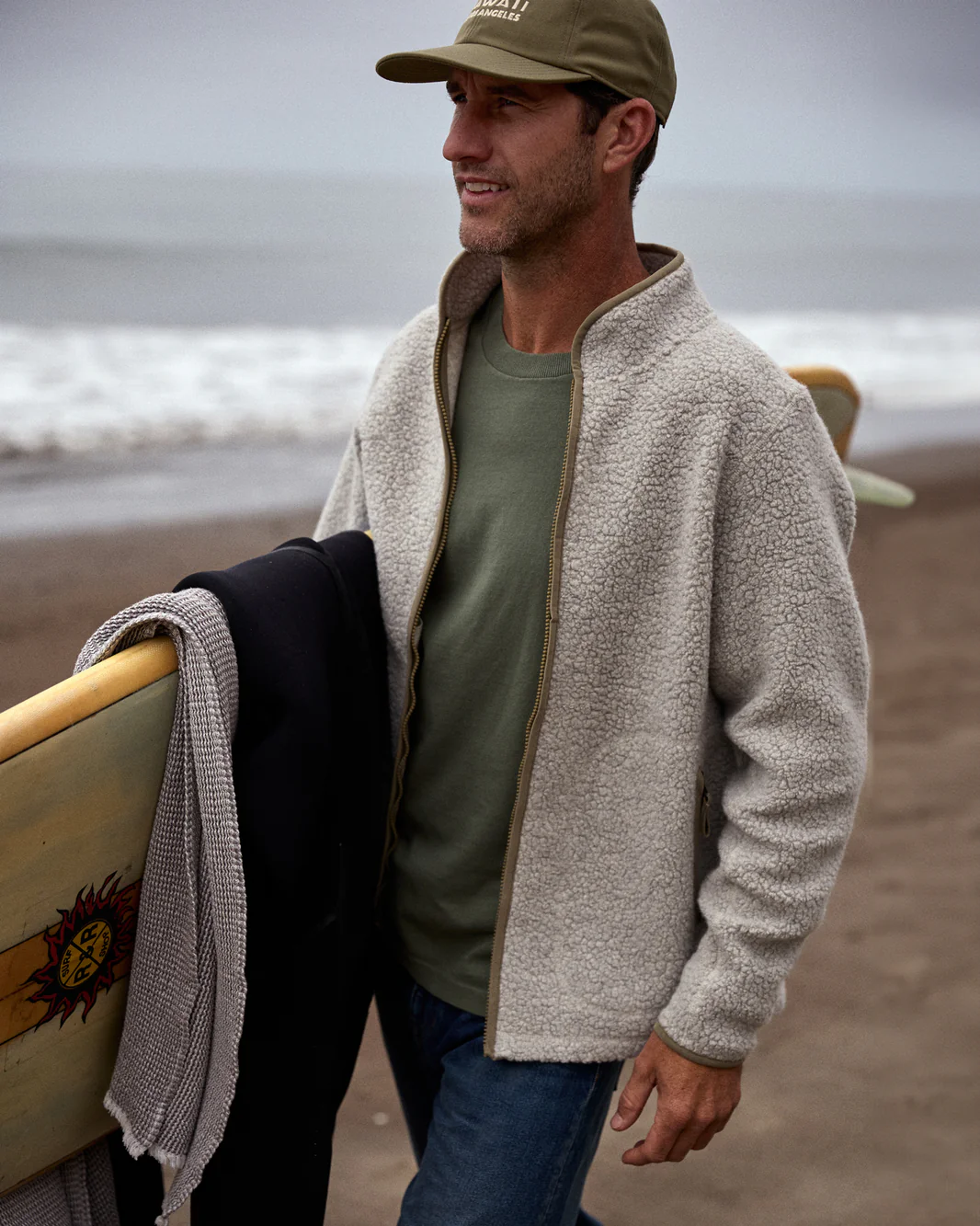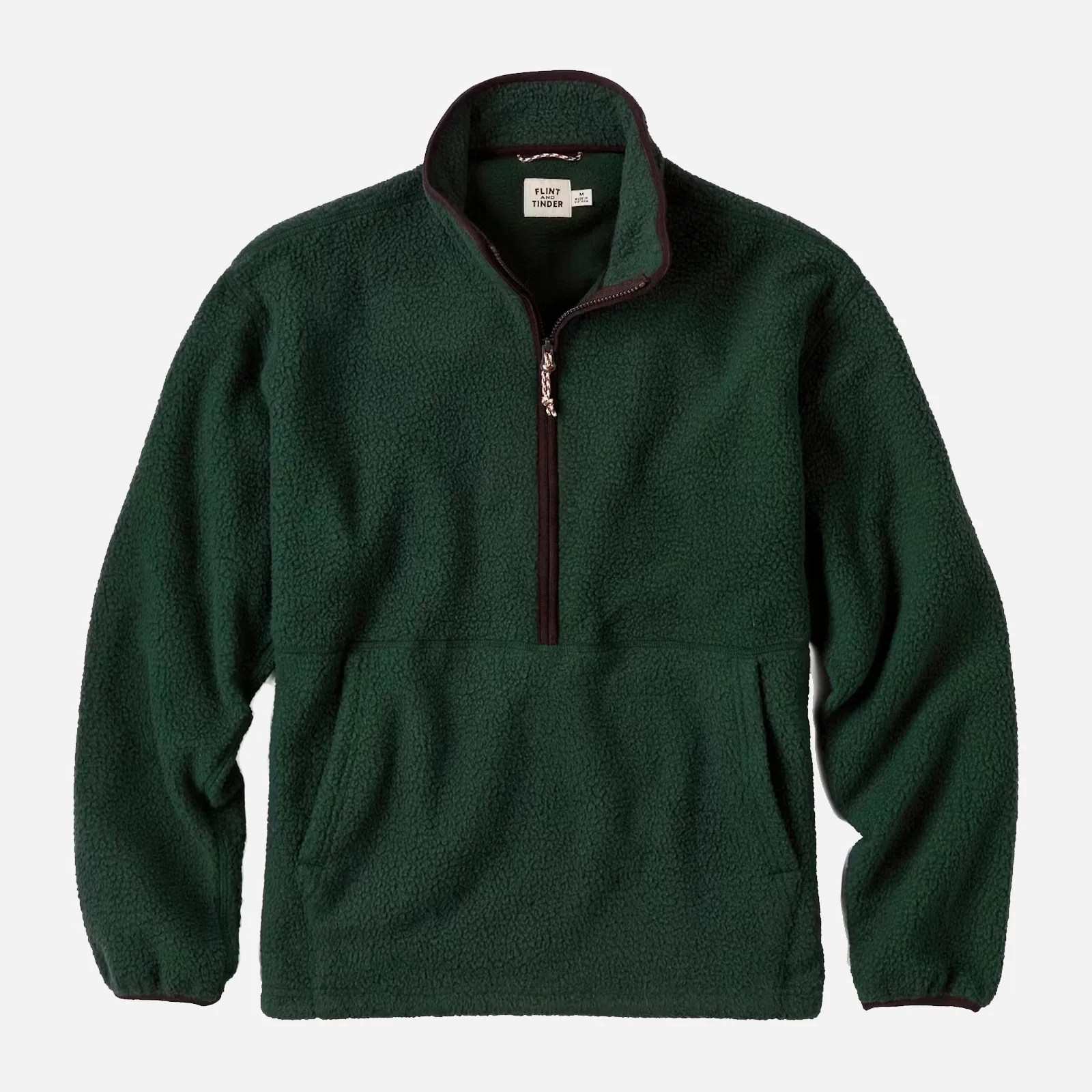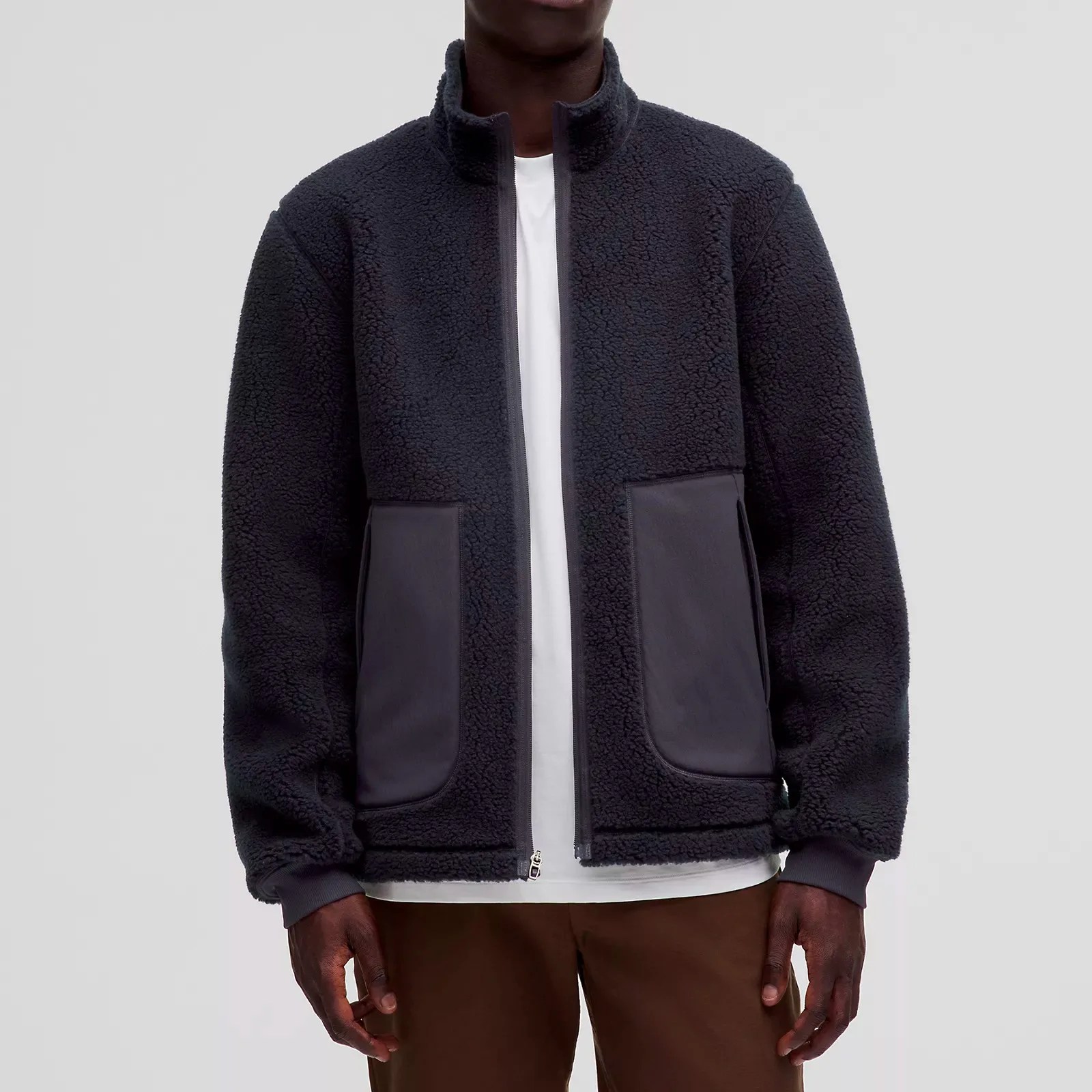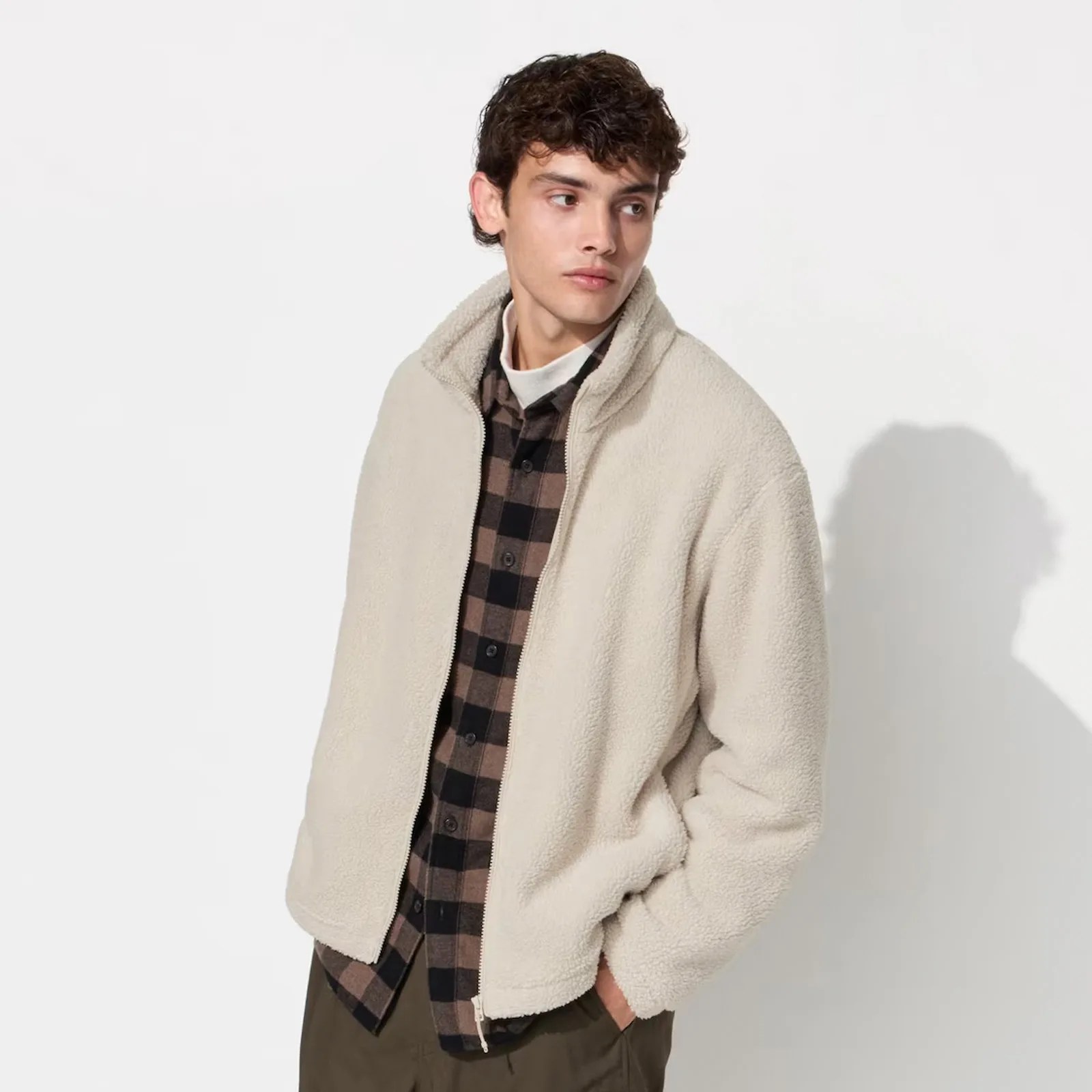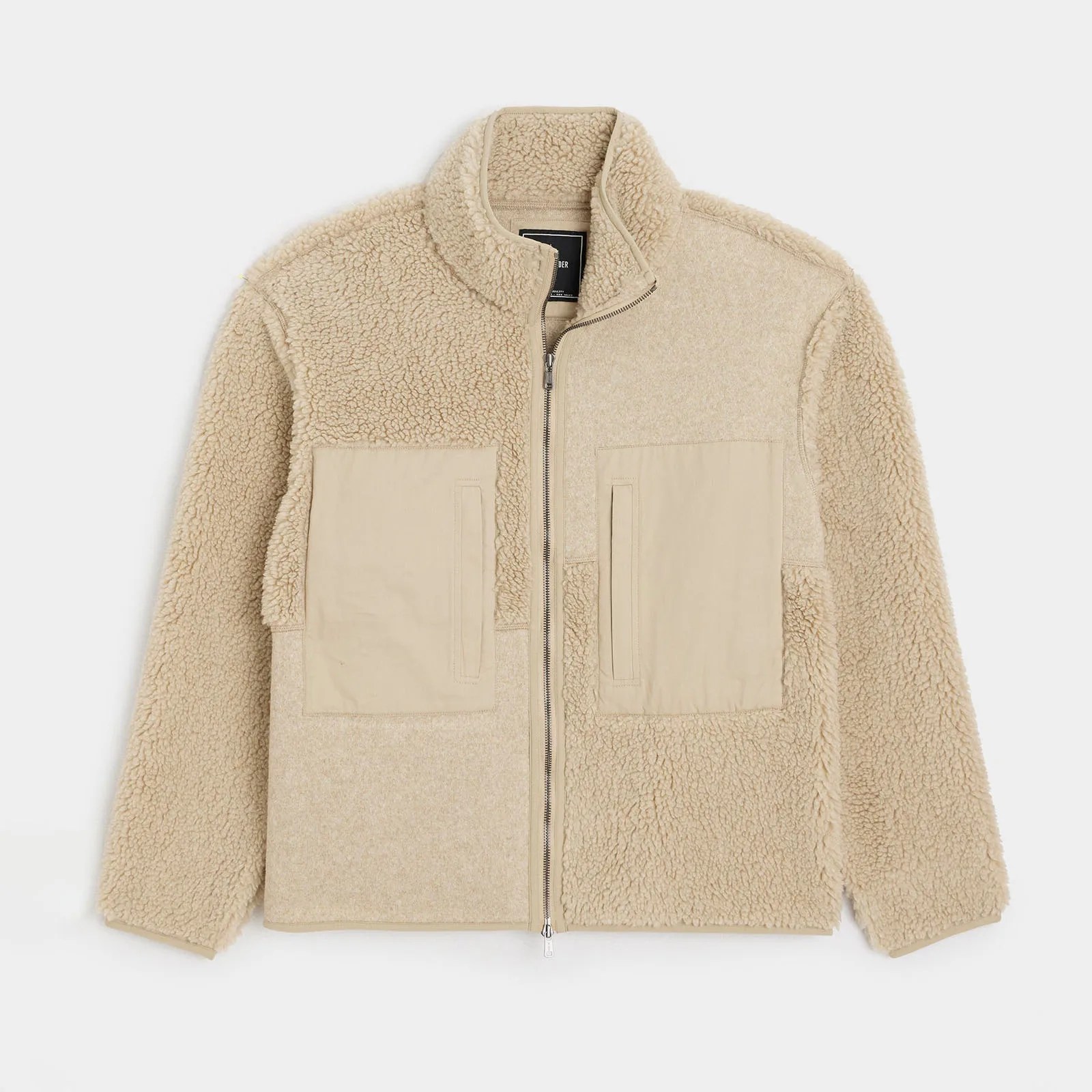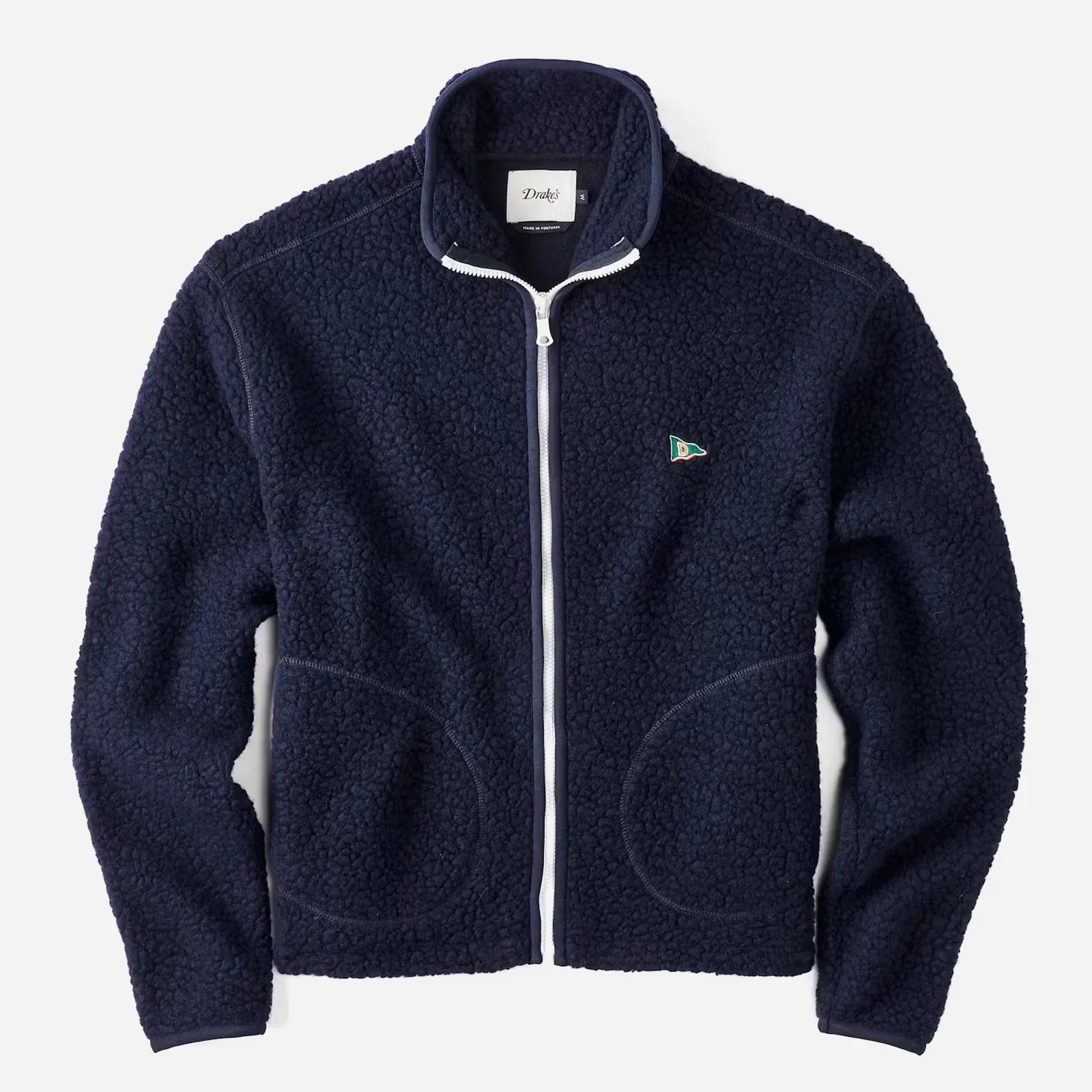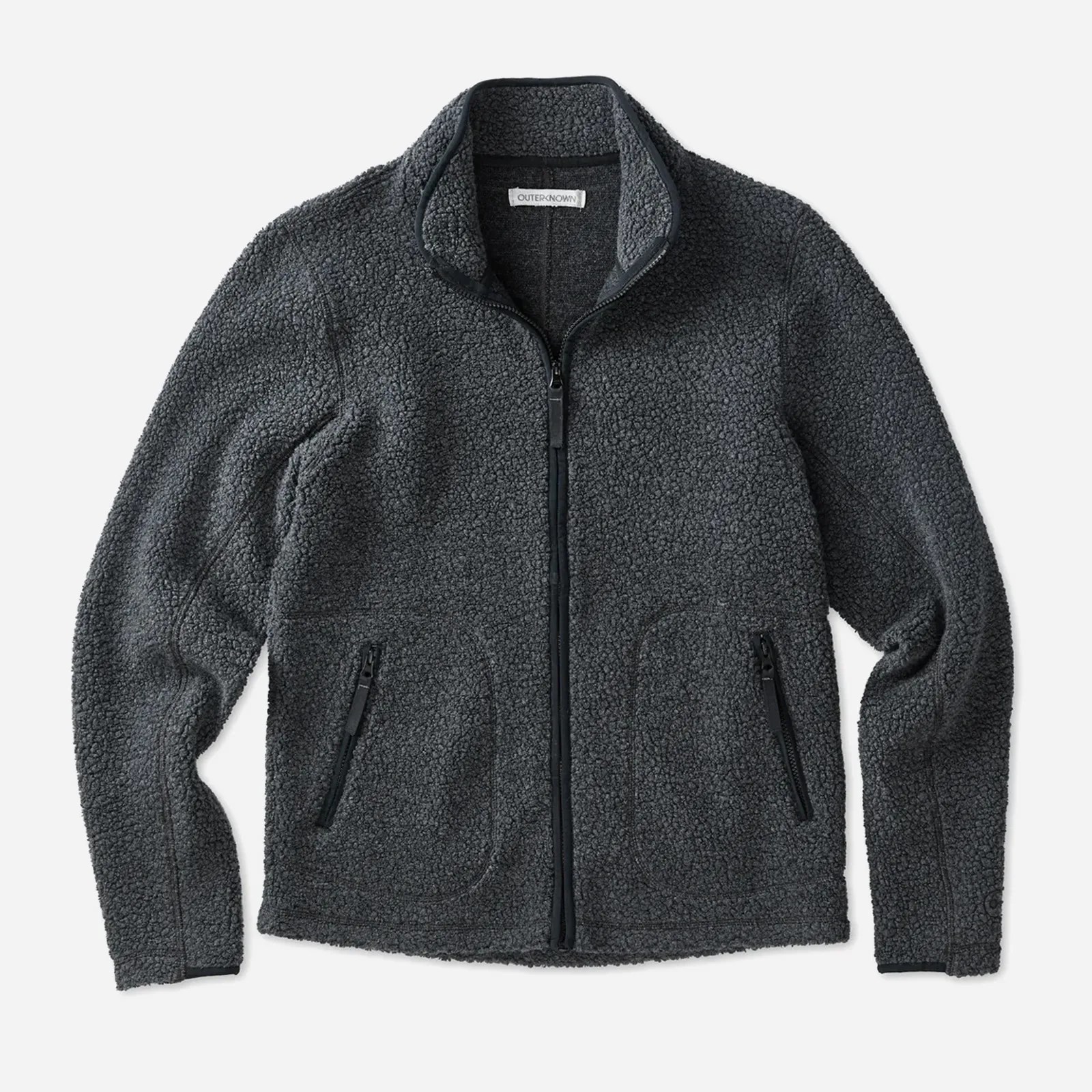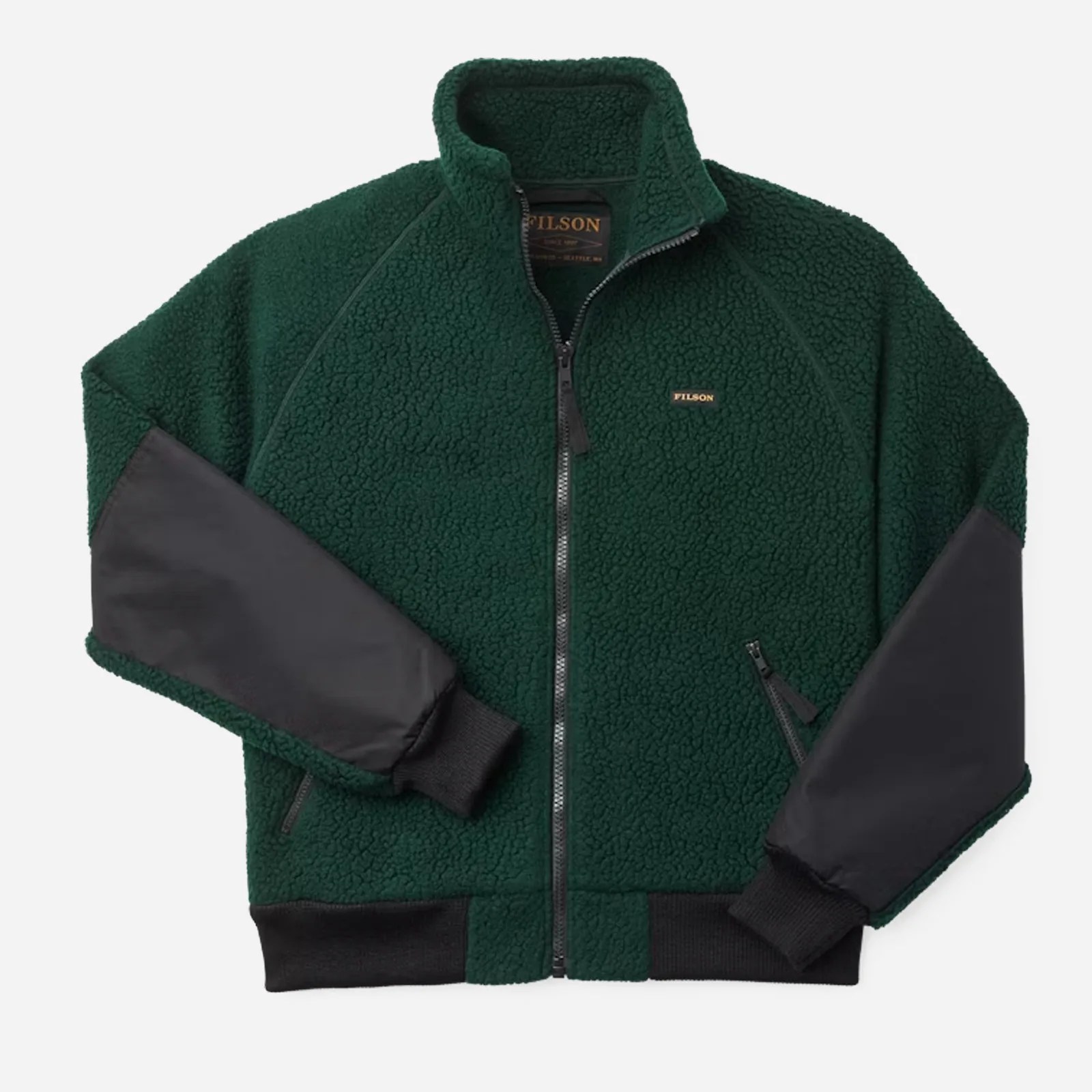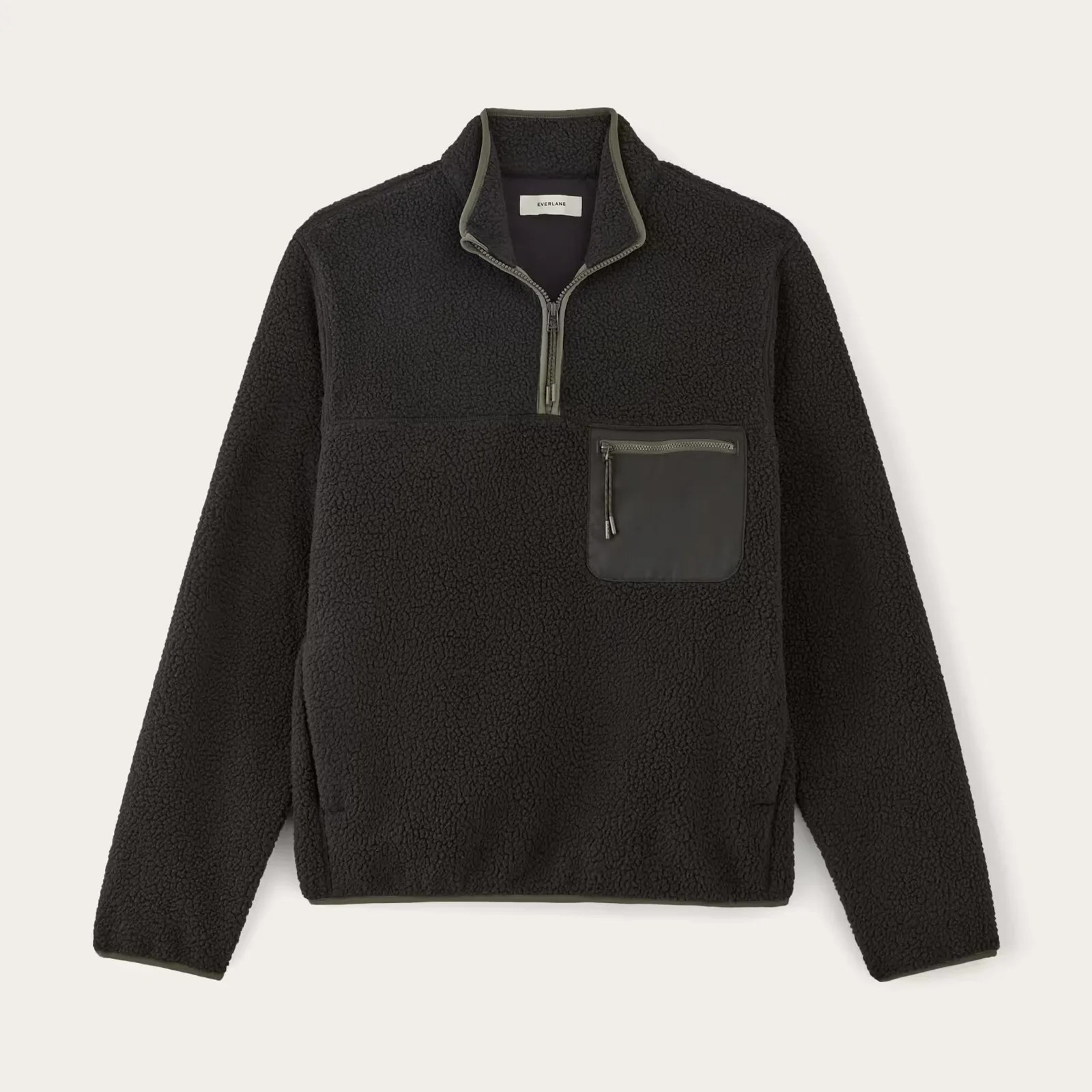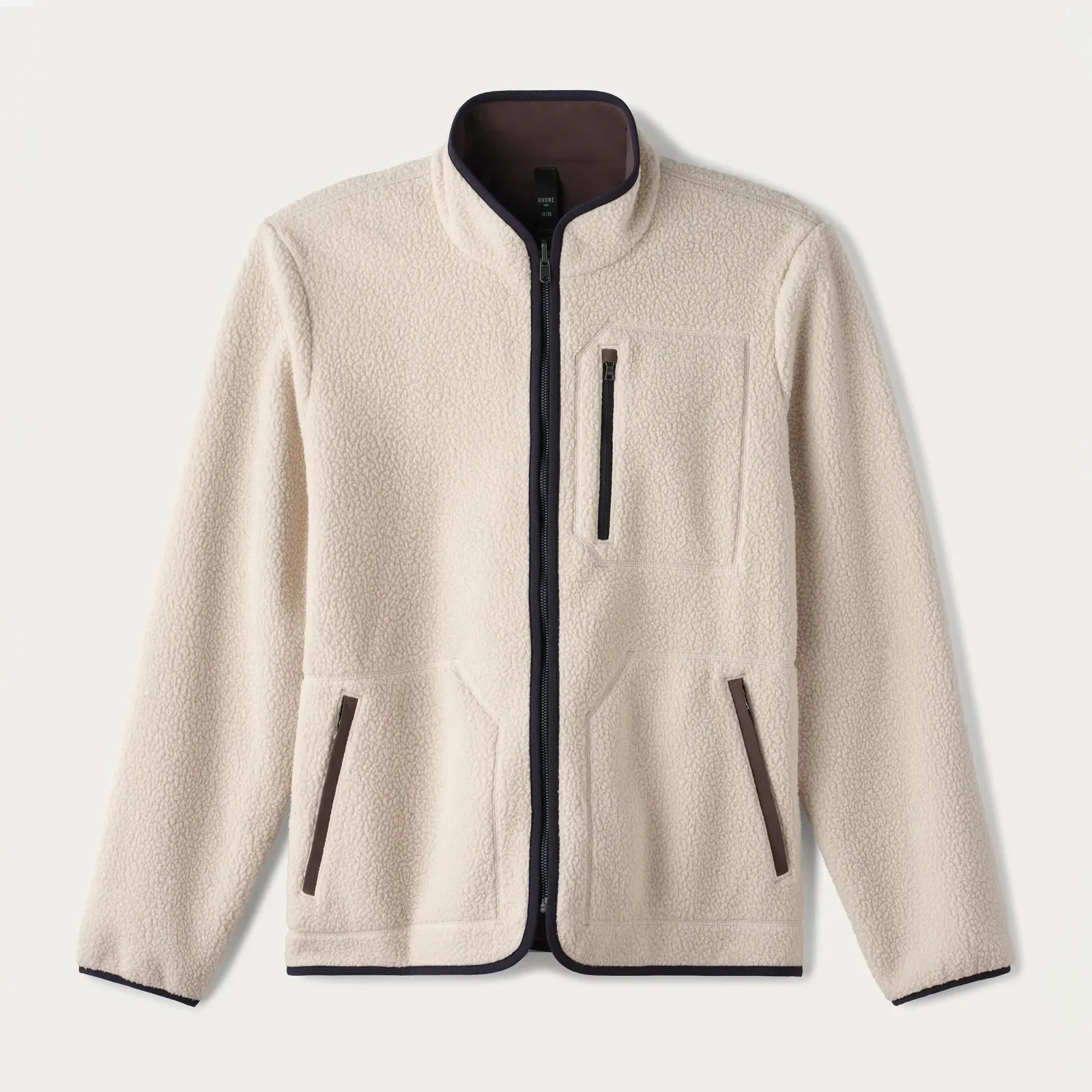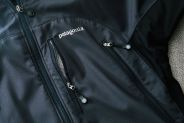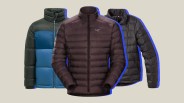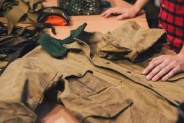There’s enough lore about the early days of Patagonia to rival a Tolkien novel, but one of my personal favorite tales concerns the origin of the fleece jacket.
According to Patagonia’s marketing team, in the early 1970s, the brand’s founder—legendary outdoor businessman, environmentalist, and philanthropist Yvon Chouinard—was looking to solve a problem with his favorite wool sweater. He loved the durability and warmth-to-weight ratio of the natural fibers, but he was irked by how wool got heavy when wet and was slow to dry.
So he tasked his wife, Malinda Chouinard, with hunting for fabric that could match the warmth and durability of wool while being lighter and faster-drying.
She discovered a polyester originally developed for toilet seat covers that offered essentially everything Chouinard was looking for. Soon enough, a prototype was made, and Patagonia contracted the Massachusetts fabric maker Malden Mills, known as Polartec today, to create the very first fleece sweaters at scale.
WTF Is Fleece Anyway?
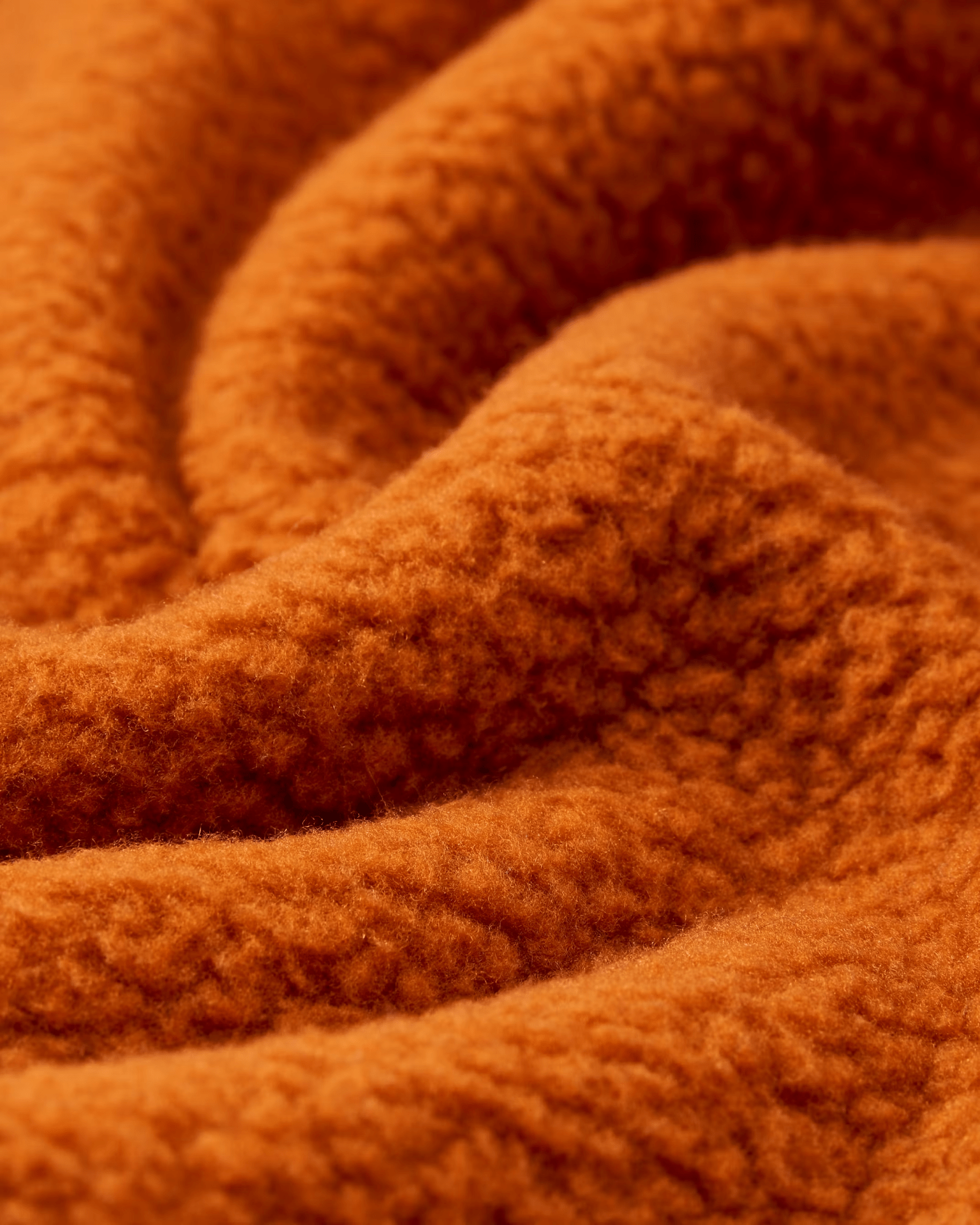
What is fleece? This obvious question is harder to answer than you’d think. It’s also a clear example of how broken the English language is in many respects.

